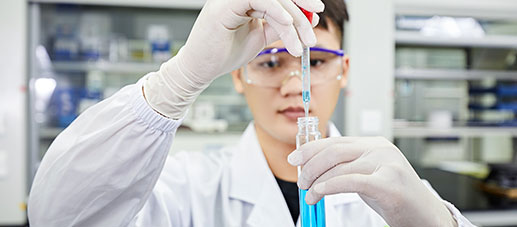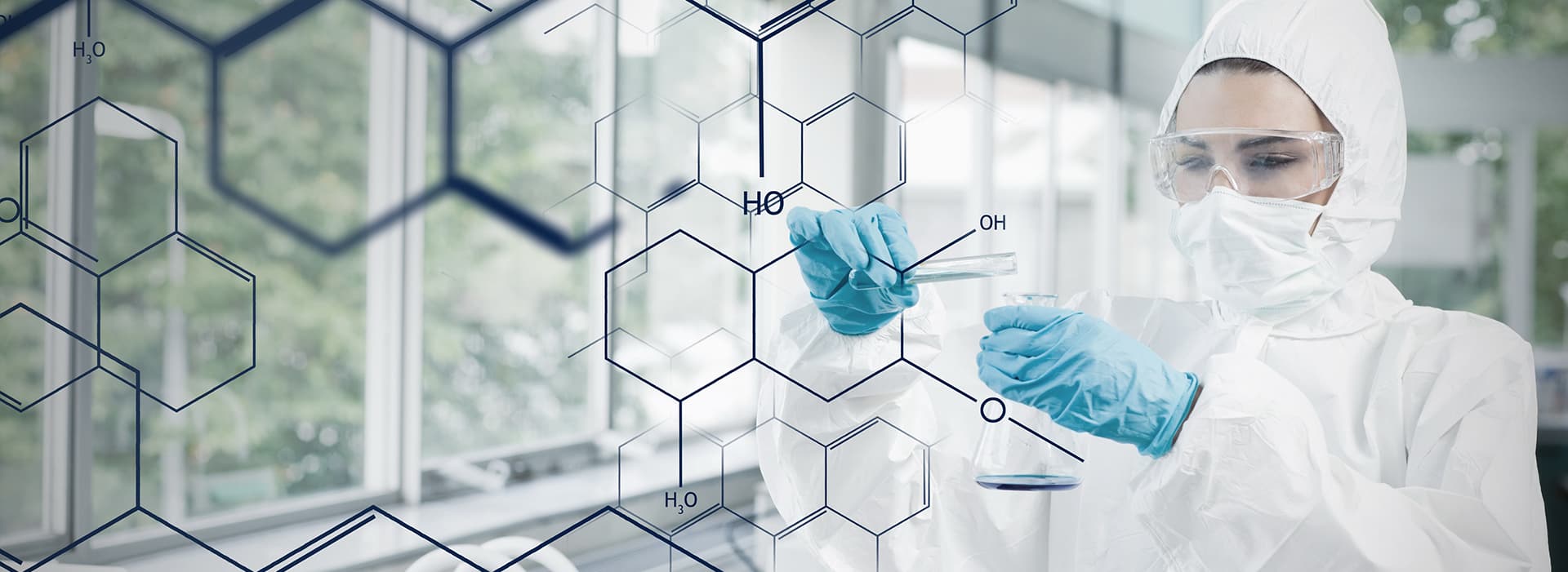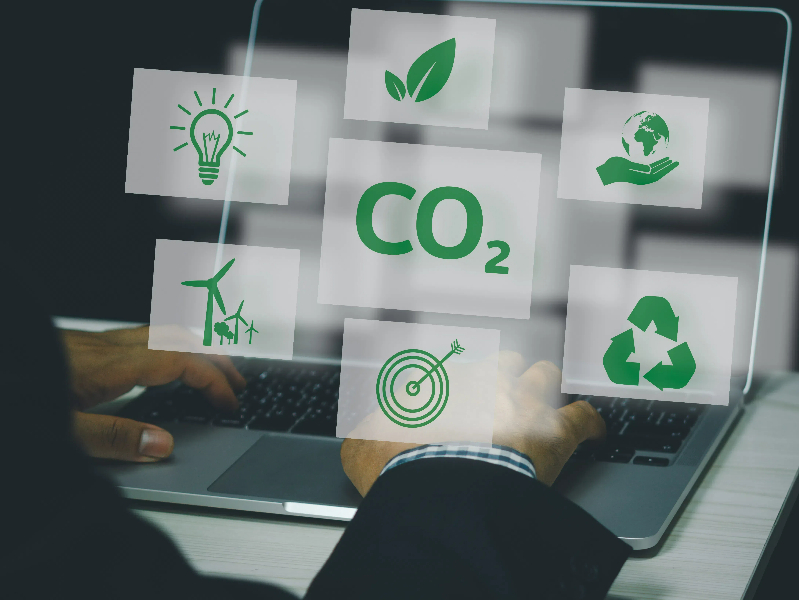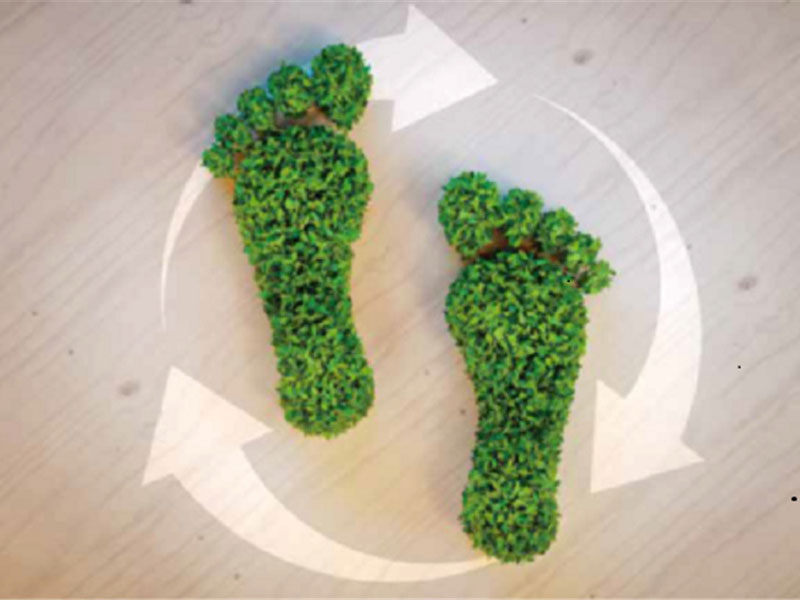-
 Overview
Overview
Centre Testing International Group Co., Ltd. (CTI) is a market leader in testing, inspection, certification, calibration, audit, training & technical services; building trust between governments, enterprises, and consumers.
-
 Sustainability
Sustainability
By building a full value chain ESG governance system covering the strategic decision-making level, management execution level and business operation level, it actively practices penetrating management of ESG risk and opportunities, empowering sustainable development across the industry chain.
-
 Our service
Our serviceCentre Testing International Co., Ltd. (CTI) is the pioneer and leader in the TIC Industry which provides one-stop solutions on testing, inspection, certification, calibration, audit, training & technical services.
-
By Industry
Our service capabilties cover the upstream and downstream of the supply chain including textile and apparel,toys,electronic appliances,medical health,food...andother industries.
-
 Environment
Environment
-
 Raw Material & Fuel Chemicals
Raw Material & Fuel Chemicals
-
 Textiles, Apparel, Footwear & Accessories
Textiles, Apparel, Footwear & Accessories
-
 Food & Agricultural Products
Food & Agricultural Products
-
 Cosmetics, Personal Care & Household Chemicals
Cosmetics, Personal Care & Household Chemicals
-
 Building Materials&Construction Engineering
Building Materials&Construction Engineering
-
 Electronic & Electrical Appliances
Electronic & Electrical Appliances
-
 Toys, Furniture & Home Decoration
Toys, Furniture & Home Decoration
-
 Industrial Equipment & Manufacturing
Industrial Equipment & Manufacturing
-
 Rail & Aviation
Rail & Aviation
-
 Automotive & Spare Parts
Automotive & Spare Parts
-
 Pharma and Medical Services
Pharma and Medical Services
-
 Maritime Vessel Compliance Testing
Maritime Vessel Compliance Testing
 By Industry
By IndustryOur service capabilties cover the upstream and downstream of the supply chain including textile and apparel,toys,electronic appliances,medical health,food...andother industries.
-
-
 Specialty
SpecialtyComprehensively guarantee quality and safety, promote compliance and innovation, demonstrate brand competitiveness, and achieve higher quality, healthier, safer, and greener sustainable development.
-
 Management
ManagementWe have established a clear governance structure in accordance with listing requirements and national regulations and policies to deal with internal and external challenges and achieve sustainable development.
-
 Information DisclosureWe are committed to establishing normal and effective two-way communication with shareholders and investors. We have established a complete information disclosure mechanism to convey information to shareholders in a timely manner.
Information DisclosureWe are committed to establishing normal and effective two-way communication with shareholders and investors. We have established a complete information disclosure mechanism to convey information to shareholders in a timely manner.
-
 Talents Policy
Talents PolicyEnsuring the basic rights and benefits of employees;
Providing professional skills training to promote employees’ growth;
Carrying out various kinds of activities to balance employees’ work and life.
-
 RecruitmentWelcome to join CTI family! We are providing a platform for you to show your talents and achieve your career aspiration.
RecruitmentWelcome to join CTI family! We are providing a platform for you to show your talents and achieve your career aspiration.
While setting the carbon targets, enterprises must consider the background of the global climate crisis, and also ensure the scientific and ambitious level of the objective, that is, to set emission reduction target that meets the requirements of the Paris Agreement or the United Nations Intergovernmental Panel on Climate Change (IPCC) to control the global temperature rise within 2℃ or 1.5℃.

What is SBT?
While setting the carbon targets, enterprises must consider the background of the global climate crisis, and also ensure the scientific and ambitious level of the objective, that is, to set emission reduction target that meets the requirements of the Paris Agreement or the United Nations Intergovernmental Panel on Climate Change (IPCC) to control the global temperature rise within 2℃ or 1.5℃.
Science-Based targets Initiative (SBTi) is just such a global initiative to call on enterprises to set up scientific carbon target and was jointly launched by World Wildlife Fund (WWF), Global Environmental Information Research Center (CDP), World Resources Institute (WRI) and United Nations Global Compact (UNGC) in 2015.
Benefits of setting SBT scientific carbon reduction targets
At present, the greenhouse gas emission reduction targets set by most enterprises are often for short term and without enough ambition, and even some of them are set at will. These targets will bring about emission reduction, but the effect will be slow and not effective. In contrast, the Science-Based Targets (SBT) objectively and scientifically sets the ambitious targets that enterprises need to achieve according to the emission reduction path of IPCC and International Energy Agency (IEA). The Science-Based Targets has laid a solid foundation for the long-term climate change strategy of enterprises, and can improve the competitive advantage of enterprises in the process of transition to a low-carbon economy.
As the energy manager of Landsec from the UK's largest commercial real estate company that sets scientific carbon targets said: "science will give meaning to our ambition and make it closer to reality: targets are no longer a bunch of imaginary numbers, but closely related to practical problems. The Science-Based Targets make us committed to what we need to do, not just what we can achieve. Therefore, the Science-Based Targets can prove the leadership of an enterprise and provide support for its long-term sustainable development strategy."
Any greenhouse gas emission reduction target, as long as it is formulated in accordance with the latest climate science theory and meets the requirements of achieving the target of the Paris Agreement, that is, to control the global temperature rise below 2℃ compared with that before industrialization, and strive to limit the temperature rise to 1.5℃, can be deemed as "Scientifically Based".
The Science-Based Targets must cover greenhouse gas emissions from the operations (scope I) and energy purchases of the company (scope III). If the value chain (scope III) emissions of the company account for more than 40% of total emissions, the ambitious scope III targets must be set.
What advantages can SBT for emission reduction bring to enterprises?
There are a lot of commercial values in Science-Based Targets. First of all, it can enhance the business adaptability of enterprises and enhance the market competitiveness.
Secondly, it can help enterprises adapt to the low-carbon economy faster, save costs and avoid the risk of asset stranding. The stage targets set by enterprises usually can reduce costs and improve operational efficiency, but they may make enterprises limited to "Low Hanging Fruit".
Thirdly, it can promote enterprise innovation and business practice. Enterprises that set Scientific-based Targets will consider sustainable development strategy in the long run, and derive new technology and financing options in emission reduction.
Fourthly, it can establish the corporate brand image. For investors, those enterprises that adopt the latest available scientific theories to set Scientific-based Targets tend to have lower climate risk.
Fifthly, it can help enterprises adapt to the changing policies. The stage targets set by enterprises will send signals to policy-makers that enterprises are taking climate change seriously, but the credibility of the targets will be limited by the strength of the targets. In a word, setting Scientific-based Targets does not conflict with economic growth, and enterprises can make sustained profits in low-carbon economy after making efforts to implement them.
How to set Scientific-based Targets for emission reduction
At present, there are three publicly available methods for setting scientific carbon targets
The first is the absolute emission compression method. All enterprises can reduce absolute emissions at the same speed in this way regardless of the initial emission performance. For example, Nestle, a global food and beverage company, has set an absolute target by committing to reduce its absolute greenhouse gas emissions from operating and purchasing energy by 12% between 2014 and 2020.
The second is the industry emission reduction method, that is to use the emission intensity convergence to set the physical intensity target. Intensity targets shall be set based on emissions reductions related to specific commercial measures, such as the carbon dioxide equivalent (tons) per ton of products manufactured by the company. For example, Covivio, a European real estate enterprise, has committed to reducing greenhouse gas emissions by 35% per square meter of scope I and scope II by 2030 compared with that of benchmark year 2017.
The third method is the economic intensity contraction method. The set target is expressed as the reduction of emission intensity carbon dioxide equivalent (tons) per unit of added value (US dollars). For example, Husqvarna Group AB, a manufacturer of outdoor power products, promised that by 2020, the emissions generated by companies operating and purchasing energy per unit of added value will be reduced by 30% compared with the benchmark year 2015. Although all three methods are applicable to multiple sectors, not all methods are applicable to all sectors. We encourage companies to choose the most ambitious approach that suits them.




































 粤公网安备 44030602000441号
粤公网安备 44030602000441号